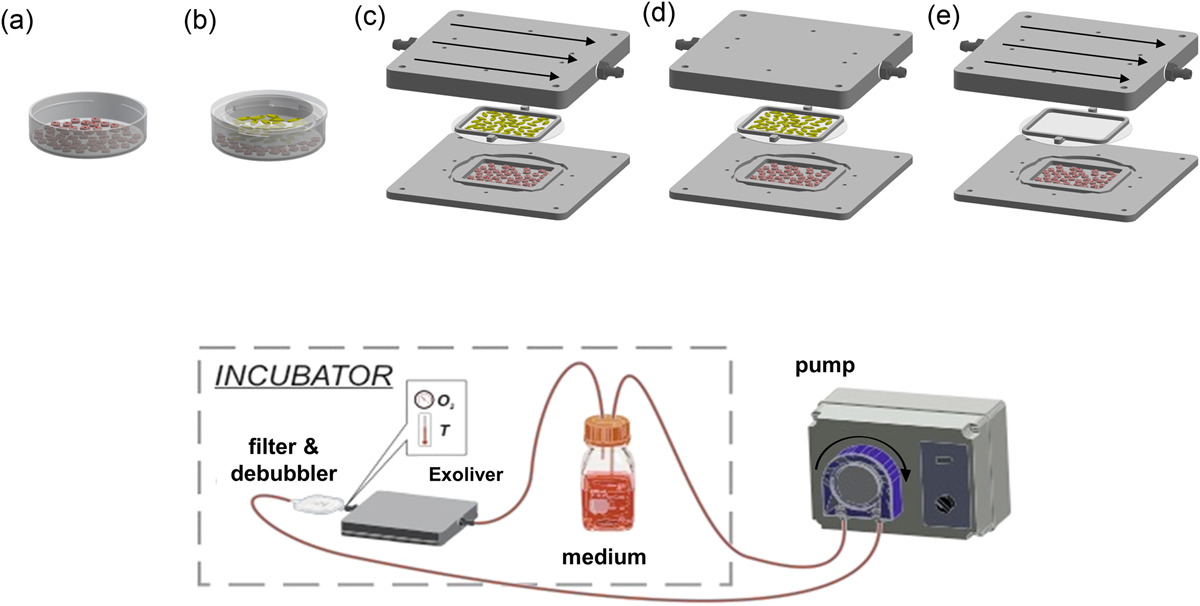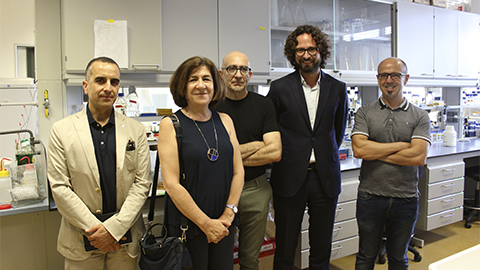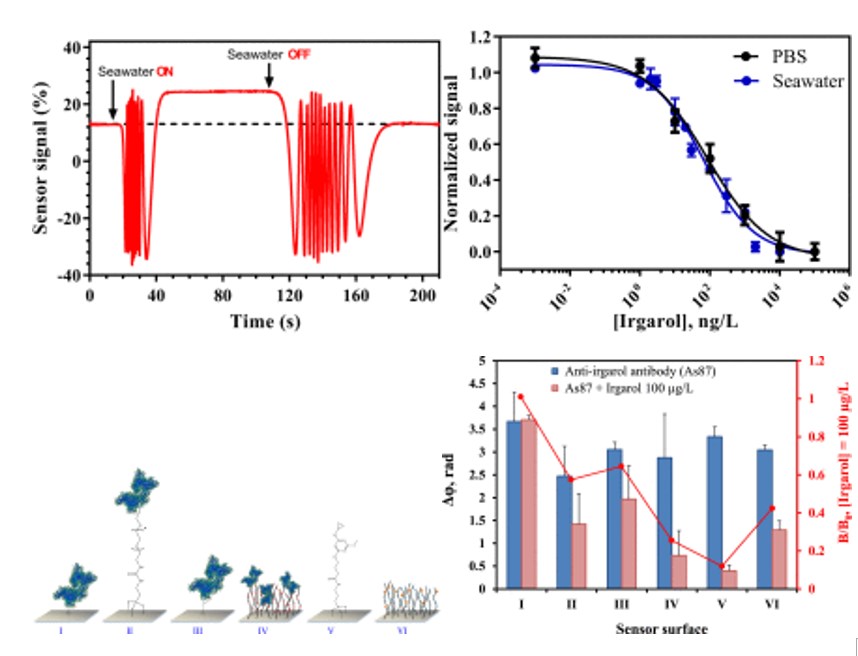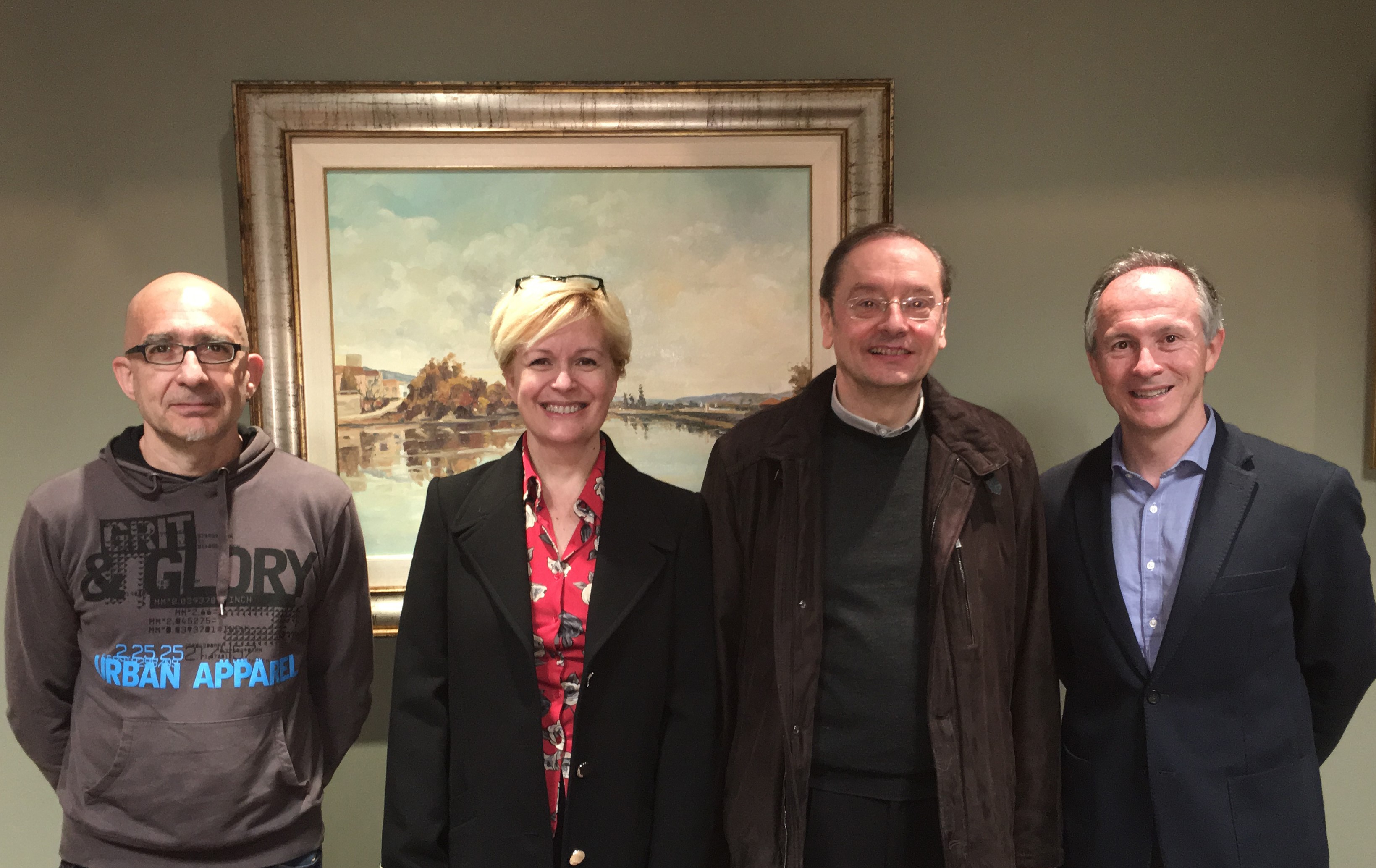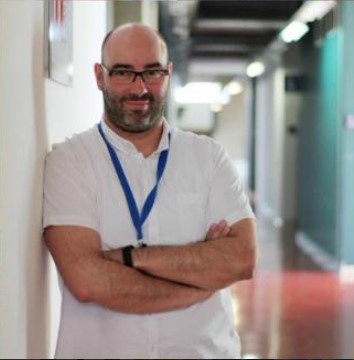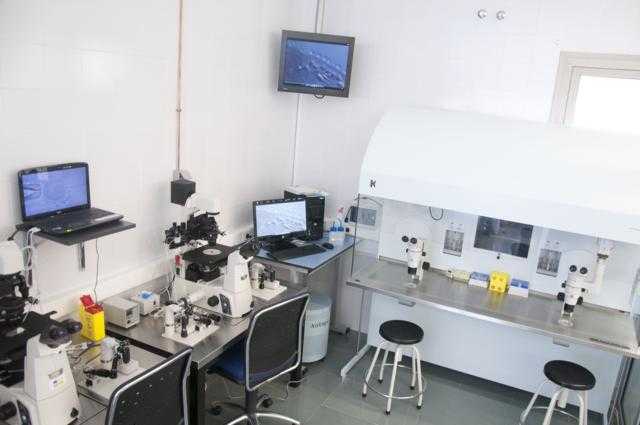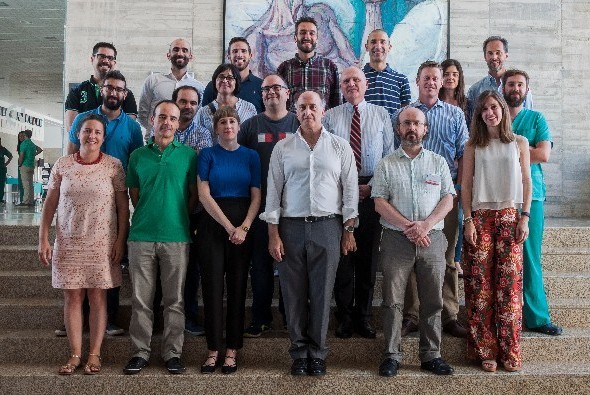Resemblance of the human liver sinusoid in a fluidic device with biomedical and pharmaceutical applications
Scientists of Unit 8 of NANBIOSIS are co-authors of the article “Resemblance of the human liver sinusoid in a fluidic device with biomedical and pharmaceutical applications“, recently published by Biotechnology and Bioengineering. The fabrication of Exoliver was performed by the platform of Production of Biomaterials and Biomolecules of the ICTS, more specifically by the “NANBIOSIS,” Unit 8.
Maintenance of the complex phenotype of primary hepatocytes in vitro represents a limitation for developing liver support systems and reliable tools for biomedical research and drug screening. We herein aimed at developing a biosystem able to preserve human and rodent hepatocytes phenotype in vitro based on the main characteristics of the liver sinusoid: unique cellular architecture, endothelial biodynamic stimulation, and parenchymal zonation. Primary hepatocytes and liver sinusoidal endothelial cells (LSEC) were isolated from control and cirrhotic human or control rat livers and cultured in conventional in vitro platforms or within our liver‐resembling device. Hepatocytes phenotype, function, and response to hepatotoxic drugs were analyzed. Results evidenced that mimicking the in vivo sinusoidal environment within our biosystem, primary human and rat hepatocytes cocultured with functional LSEC maintained morphology and showed high albumin and urea production, enhanced cytochrome P450 family 3 subfamily A member 4 (CYP3A4) activity, and maintained expression of hepatocyte nuclear factor 4 alpha (hnf4α) and transporters, showing delayed hepatocyte dedifferentiation. In addition, differentiated hepatocytes cultured within this liver‐resembling device responded to acute treatment with known hepatotoxic drugs significantly different from those seen in conventional culture platforms. In conclusion, this study describes a new bioengineered device that mimics the human sinusoid in vitro, representing a novel method to study liver diseases and toxicology.
Article of reference: https://doi.org/10.1002/bit.26776
